In addition to Weibo, there is also WeChat
Please pay attention

WeChat public account
AutoBeta


2024-11-17 Update From: AutoBeta autobeta NAV: AutoBeta > News >
Share
AutoBeta(AutoBeta.net)01/24 Report--
Every year when the Spring Festival is approaching, many new energy car owners will choose to drive back to their hometown. However, the difficulty of charging new energy vehicles has always been a major problem for new energy vehicle owners, although with the continuous increase of the number of new energy vehicles, the charging infrastructure has been relatively perfect, and charging piles are equipped in many places. However, once there is a holiday when car owners travel together, these facilities seem inadequate.

Recently, some new energy car owners reported to the media that it took only eight hours to drive a fuel car from Shenzhen to Jiangxi, but it took 15 hours this year. At the same time, the owner pointed out that although the navigation is very convenient and there are charging piles in the high-speed service area, almost every service area has to wait in line to recharge, and it takes about two hours to charge each time, and another hour to recharge.
Of course, the difficulty of new energy charging is not only reflected in queuing up for charging in the service area on the road, but also reflected by many new energy car owners: there are problems such as parking spaces full of fuel trucks, and it is difficult to charge at home temporarily. A new energy car owner said that he went back to his hometown to recharge the new energy car, and in the end, he had to plug it into the yard to recharge the car, which took seven hours to recharge at a time.
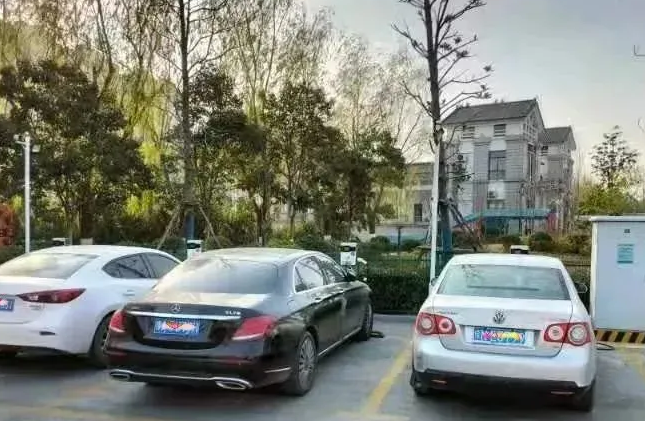
As for choosing to drive new energy vehicles back to their hometown, some new energy car owners complain and some new energy vehicle owners say: as long as the strategy is made in advance, it is also feasible to drive new energy vehicles back to their hometown.
In the past two days, a netizen shared his driving experience of driving Tesla from Qingdao to his hometown in Northeast China, which sparked a heated discussion on the Internet. The owner said: the self-driving set off from Qingdao on the morning of January 5. the whole journey was 2000 kilometers and drove for 34 hours. the vehicle was recharged 14 times and cost 699 yuan. As for the problem of travel anxiety, the car owner said that there was not much charging anxiety due to the use of the whole charging plan. At the same time, although the return home has been recharged 14 times, the overall charging time is 6.4 hours, of which 7 times are less than 30 minutes, about 8-20 minutes, and the rest is 30-40 minutes. However, in the end, the car owner said that his trip to drive Tesla back to his hometown was based on plenty of time, and it was not recommended to drive a tram back to his hometown if he was in a hurry.
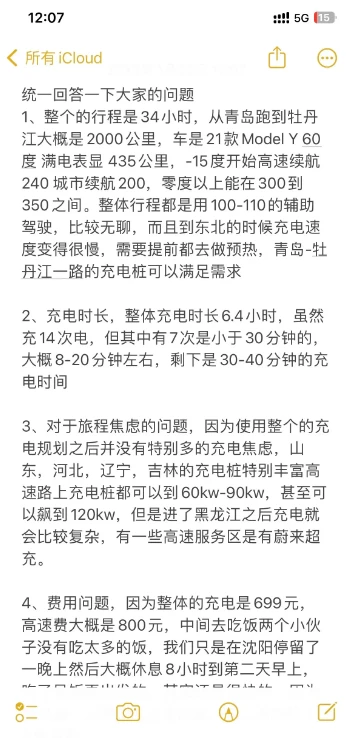
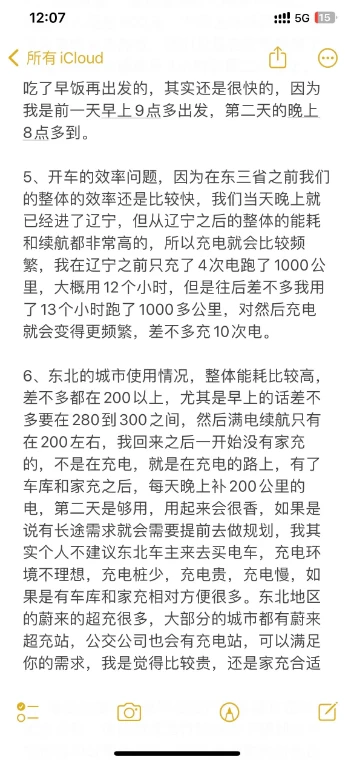
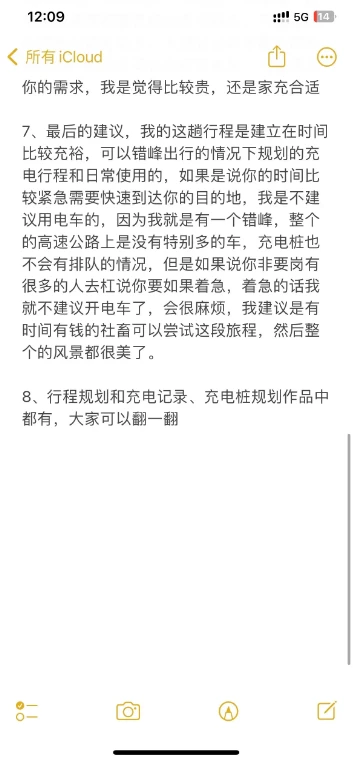
It is not difficult to see that in the context of rising sales of new energy vehicles, charging facilities are still in short supply during holidays, and charging anxiety has become a worry for most new energy vehicle owners to travel. Although the construction of new energy charging infrastructure has been accelerated in recent years, it is still necessary to speed up the layout of charging infrastructure in order to meet the freedom of travel of new energy vehicle owners. According to relevant data, the production and sales of new energy vehicles in China in 2022 were 7.058 million and 6.887 million respectively, an increase of 96.9% and 93.4% respectively over the same period last year, and the sales of new energy vehicles reached 25.6% of the total sales of new cars.
However, the establishment of charging facilities lags far behind the sales development of new energy vehicles. Relevant data show that by the end of 2022, a total of 5.21 million charging piles and 1973 replacement power stations have been built in China, of which 2.593 million new charging piles and 1973 replacement power stations have been added in 2022. According to the guidelines for the Development of Electric vehicle charging Infrastructure (2015-2020) issued by the National Development and Reform Commission and other departments, China's vehicle-to-pile ratio will reach nearly 1:1 by 2020. However, according to the data of the charging Alliance, as of 2022, the domestic vehicle-to-pile ratio is about 2.6 devil 1, which still falls short of the 1:1 standard.
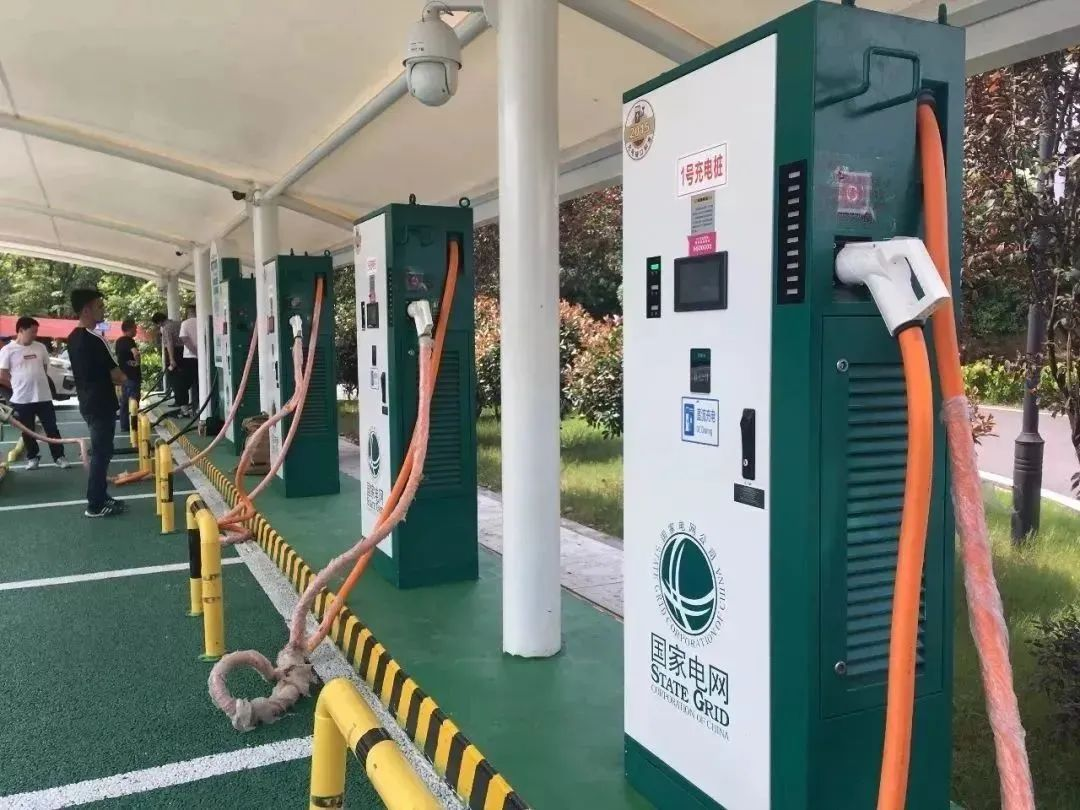
In addition, the amount of new energy vehicle charging facilities is not evenly distributed. In the developed Beijing-Tianjin-Hebei, Pearl River Delta and other regions, the retention of charging facilities is still relatively sufficient, but in the western region, the retention of charging facilities is relatively scarce. Zhang Hong, secretary-general of the New Energy vehicle Branch of the China Automobile Circulation Association, pointed out that there is a conflict between the current laying of charging facilities and the actual utilization rate. although manufacturers and operators are willing to popularize charging facilities, they are worried that the utilization rate in some scenarios is too low, which will lead to deficit operation, which is why there are too few charging facilities during holidays, while manufacturers and operators dare not rashly lay charging facilities. After all, the utilization rate of charging facilities in highway service area is not high at ordinary times, so it is easy to cause loss. In this regard, Zhang Hong believes that charging facilities operators can develop differentiated charging standards according to service costs.
Welcome to subscribe to the WeChat public account "Automotive Industry Focus" to get the first-hand insider information on the automotive industry and talk about things in the automotive circle. Welcome to break the news! WeChat ID autoWechat
Views: 0
*The comments in the above article only represent the author's personal views and do not represent the views and positions of this website. If you have more insights, please feel free to contribute and share.






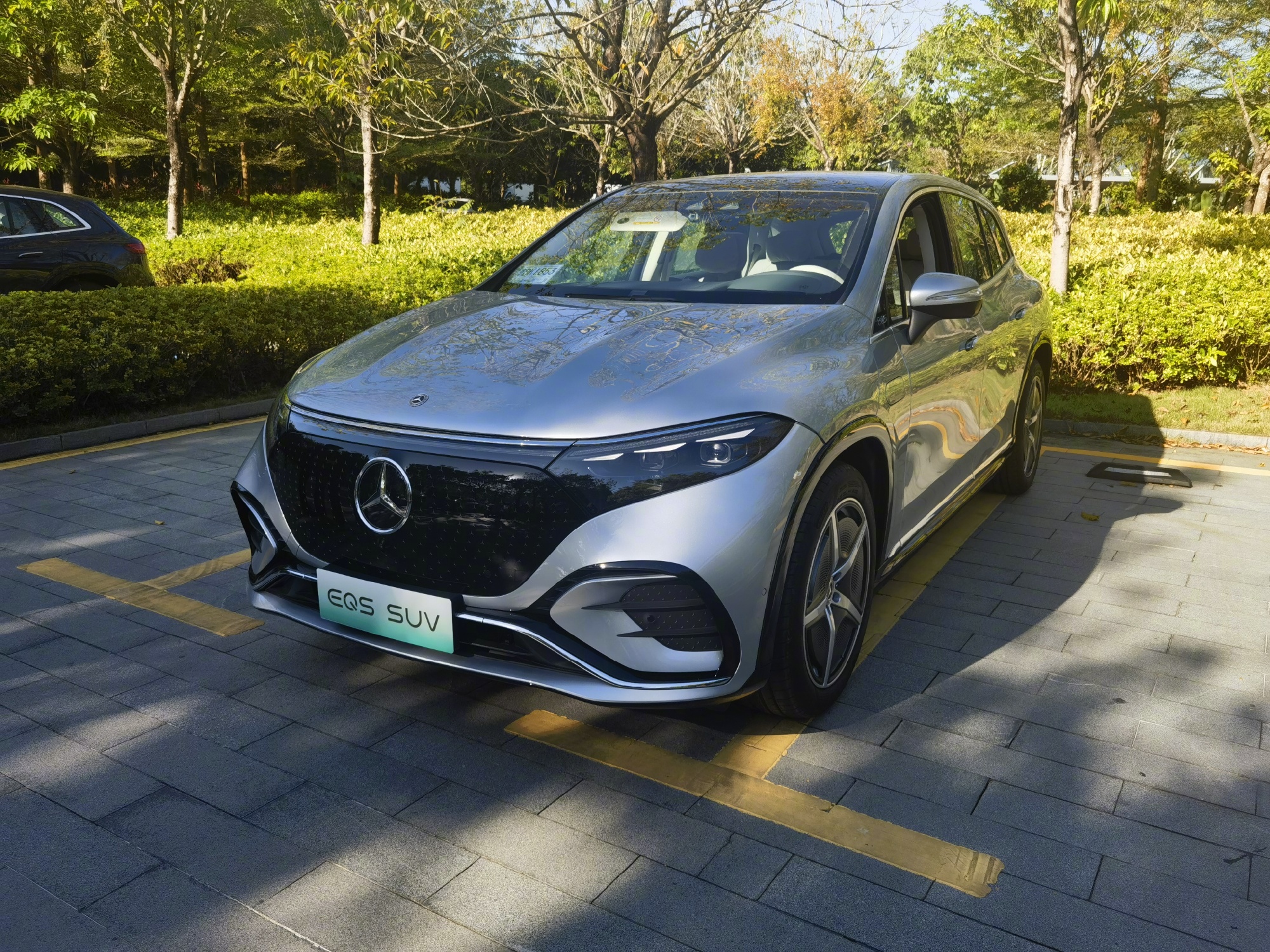



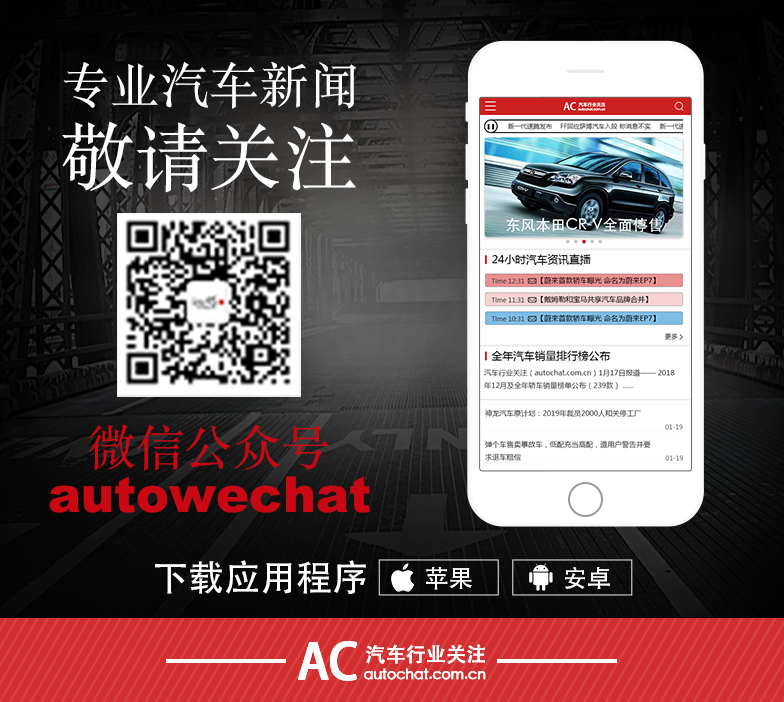
© 2024 AutoBeta.Net Tiger Media Company. All rights reserved.